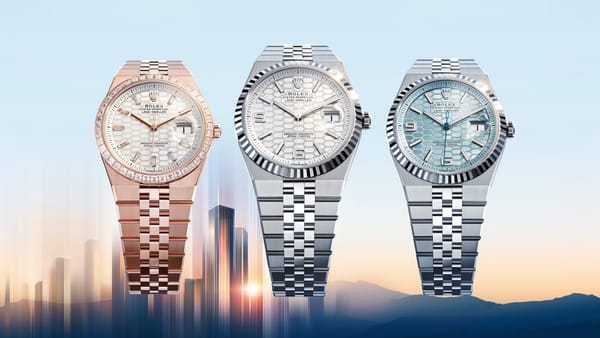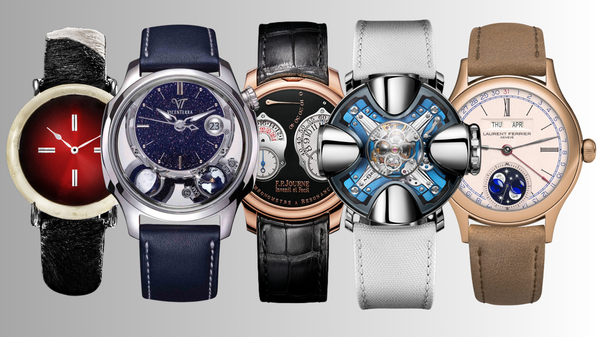Eco-Chic Living Is the New Gold Standard
Eco-chic living merges sustainability with style, showing you can have luxury without sacrificing eco-friendliness. This trend combines modern design with responsible choices, setting a new gold standard as global priorities shift towards both elegance and environmental consciousness.
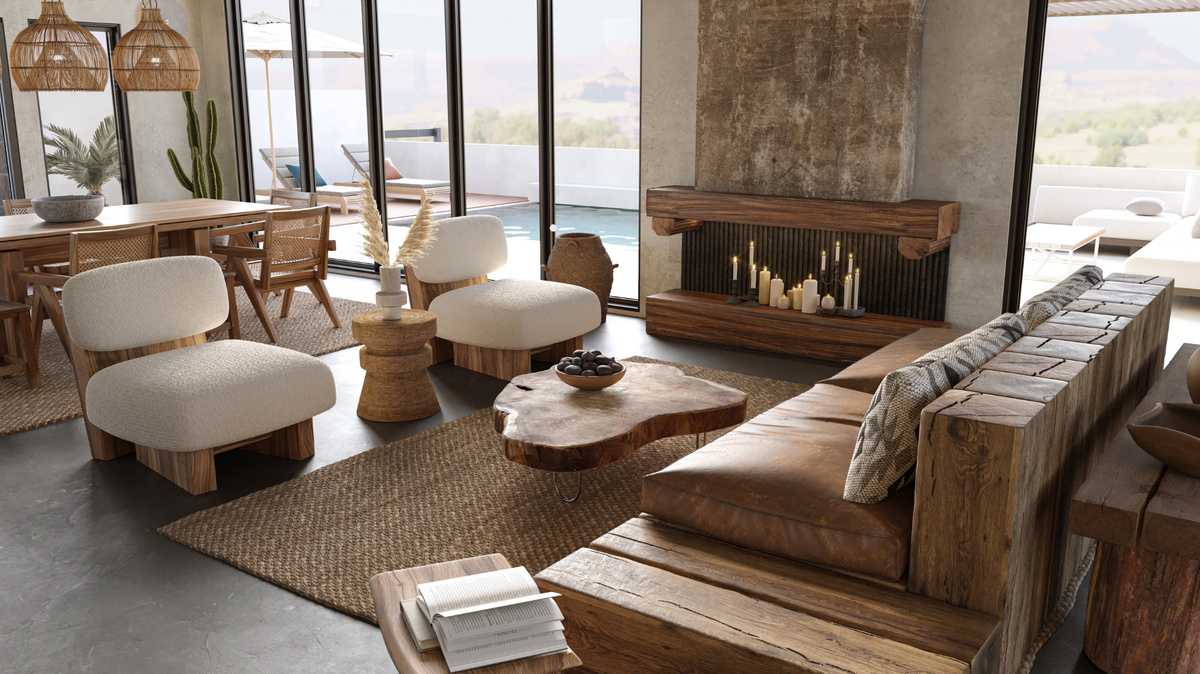
Eco-chic living refers to a lifestyle that blends sustainability with stylish, high-end living. At its core, it’s about making informed decisions that reduce environmental impact—whether it’s choosing organic fabrics, low-impact materials, or ethical production methods. Unlike the traditional image of sustainability, which can sometimes evoke thoughts of austerity or minimalism, eco-chic living champions beauty and luxury without compromising the planet.
The rise of eco-chic living illustrates how people are rethinking consumption, demanding products that not only look good but also do good. Whether it's eco-friendly fashion, green architecture, or mindful eating, this trend has permeated multiple facets of modern life.
Why has eco-chic living become so popular?
Several cultural, social, and economic factors have spurred the rise of eco-chic living, transforming it from niche to mainstream:
1. A global environmental crisis
The growing awareness of environmental degradation—marked by issues like climate change, deforestation, pollution, and loss of biodiversity—has heightened concern over our planet’s future. Reports and documentaries highlighting these issues have sparked collective action, and consumers are more aware of how their purchasing decisions impact the environment.
2. Social media and celebrity endorsements
Eco-chic living has gained tremendous visibility through social media. Platforms like Instagram and Pinterest have become showcases for eco-friendly yet stylish living, with influencers and celebrities driving awareness. High-profile individuals such as Emma Watson, Gisele Bündchen, and Leonardo DiCaprio use their platforms to promote sustainable fashion and ethical lifestyles, making it aspirational for their millions of followers.
For instance, Emma Watson famously wore a custom Calvin Klein gown made entirely from recycled materials to the Met Gala in 2016, setting a precedent for how luxury fashion could be sustainable. This shift in attitude by cultural icons has amplified eco-chic living's appeal, showing that sustainability can be glamorous.

3. Consumers demand transparency
The modern consumer is not only concerned about the product they are buying but also about how it was made. Ethical consumption has risen, with consumers favouring brands that are transparent about their supply chains, labour practices, and environmental footprints. More people now demand that the goods they buy are cruelty-free, fair-trade, and sourced sustainably.
4. Luxury reimagined
Sustainability has often been associated with simplicity or restraint, but today’s eco-chic brands are rebranding sustainability as luxurious. This movement has gained traction in sectors such as fashion, interior design, and even architecture. As leading brands adopt sustainable practices, consumers see eco-friendly products not as sacrifices but as status symbols that reflect conscious consumption and refined taste.
Choices for sustainable living
Adopting an eco-chic lifestyle doesn’t mean a complete overhaul of your life—it’s about making thoughtful choices that reflect both personal style and environmental consciousness. Here are some key areas where eco-chic living is making a major impact:
1. Sustainable fashion
The fashion industry has long been criticised for its negative environmental impact, from water-intensive cotton farming to textile waste and exploitative labour practices. Eco-chic fashion offers an antidote, blending style with sustainability. Brands like Reformation, Stella McCartney, and Patagonia lead the way by using organic materials, reducing water consumption, and employing ethical manufacturing processes.
Sustainable fashion brands are committed to producing garments that last, steering away from fast fashion’s throwaway culture. Instead, they create timeless, high-quality pieces that consumers can cherish for years. The movement also encourages second-hand shopping, where platforms like Depop and Vestiaire Collective allow consumers to buy and sell pre-loved luxury items, reducing waste and giving fashion items a longer life.
2. Eco-friendly interior design and home décor
Eco-chic home design prioritises sustainability without sacrificing comfort or elegance. Homeowners are now opting for furniture made from reclaimed or sustainably sourced wood, low-VOC (volatile organic compounds) paints, and fabrics made from organic cotton or recycled materials. Brands like West Elm and IKEA have committed to using responsibly sourced materials and ethical production practices, offering chic, affordable options for eco-conscious consumers.
One growing trend is the biophilic design movement, which incorporates natural elements into the living space, enhancing both mental and physical well-being. Indoor plants, natural lighting, and open spaces are key features of this design philosophy, which aligns perfectly with eco-chic principles.
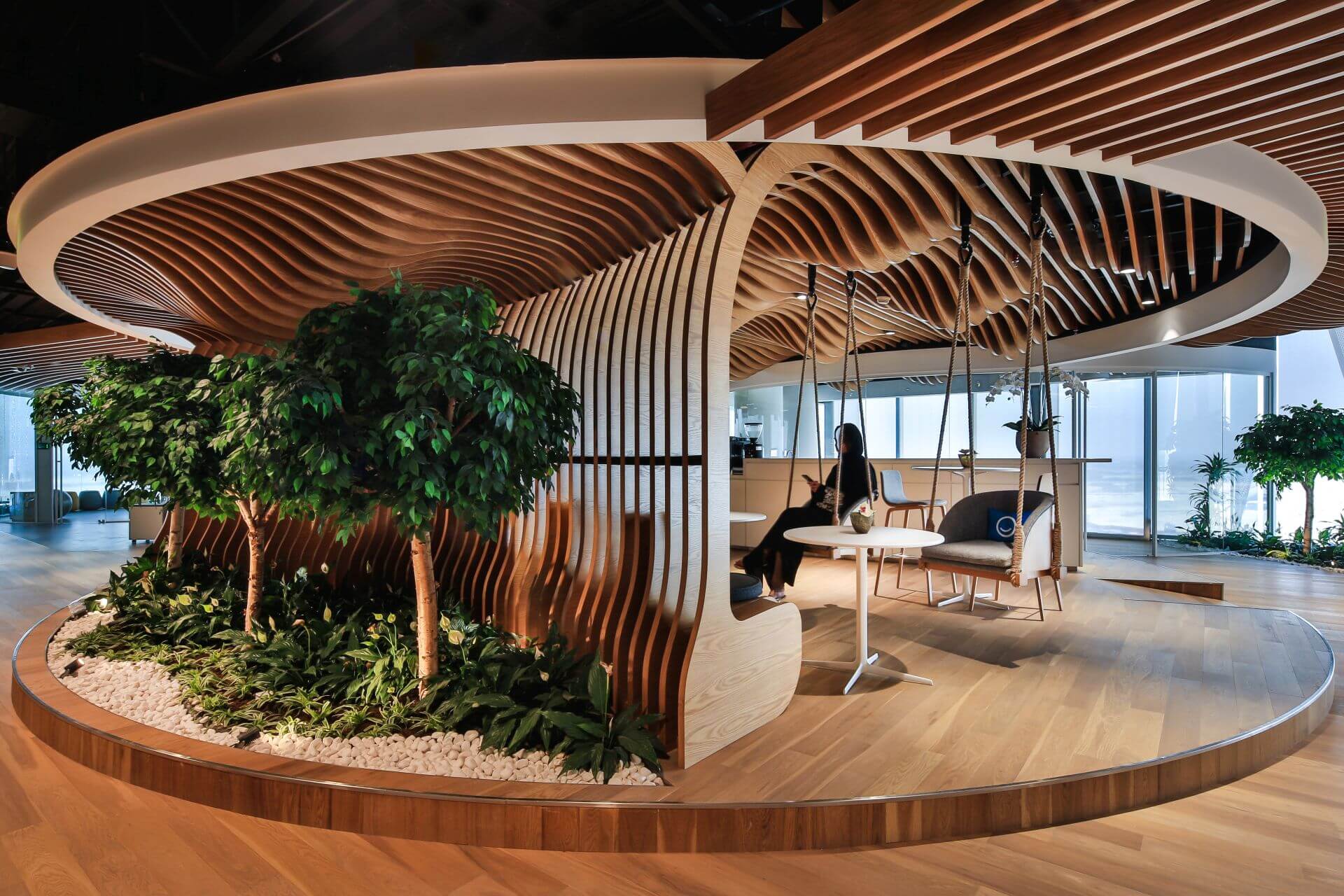
3. Sustainable architecture and green building
Green architecture has redefined the way we think about homes and buildings. Today’s eco-chic homes are designed not just for aesthetic appeal but also for environmental efficiency. Incorporating renewable energy sources like solar panels, geothermal heating, and water conservation systems, green architecture reduces energy consumption and carbon footprints while offering elegant and comfortable living spaces.
One popular concept is the tiny house movement, which embraces minimalism while reducing energy use and promoting sustainable building practices. Additionally, LEED (Leadership in Energy and Environmental Design) certification has become a hallmark for eco-friendly buildings, encouraging the use of sustainable materials and reducing the environmental impact of construction.
4. Mindful eating and sustainable food practices
Eco-chic living extends beyond fashion and home décor—it also applies to what we eat. With growing concerns about the environmental toll of industrial farming, more people are adopting plant-based diets or supporting local, organic agriculture. Sustainable eating isn’t just a trend; it’s becoming a lifestyle choice that aligns with eco-chic values.
Farm-to-table restaurants and organic food markets have become popular among those who want to ensure their food is ethically sourced and produced with minimal environmental impact. A focus on reducing food waste, cutting down on single-use plastics, and choosing seasonal, locally-grown produce is a key part of this lifestyle.
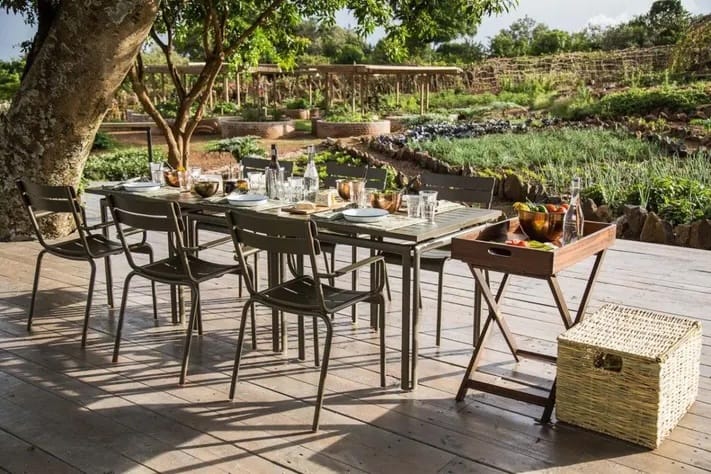
5. Natural and organic beauty
Sustainable beauty is booming as more consumers opt for cruelty-free, chemical-free, and eco-friendly beauty products. Brands like Aesop, RMS Beauty, and Lush lead the way by creating high-performance products using natural ingredients while also focusing on recyclable packaging and ethical sourcing.
Consumers are also embracing DIY beauty products, which involve making skincare and haircare treatments at home using natural ingredients such as coconut oil, shea butter, and essential oils. This not only reduces the use of plastic packaging but also minimises exposure to harmful chemicals often found in mass-market beauty products.
The benefits of eco-chic living
The benefits of adopting an eco-chic lifestyle go beyond personal satisfaction. This lifestyle offers multiple advantages that benefit both individuals and the environment:
1. Environmental impact
By choosing products that use renewable resources, generate less waste, and have a lower carbon footprint, eco-chic living helps protect the planet. Energy-efficient homes, ethical fashion choices, and sustainable beauty products all contribute to reducing greenhouse gas emissions and conserving natural resources.
2. Healthier living
Eco-friendly products are often free from harmful chemicals, synthetic materials, and pollutants, offering a healthier lifestyle for individuals. From chemical-free cleaning products to organic food and natural skincare, the eco-chic movement promotes a healthier, more natural way of life.
3. Longevity and value
One of the key principles of eco-chic living is to buy less but buy better. Investing in high-quality, durable products—whether it’s furniture, fashion, or beauty items—ensures that they last longer, reducing the need for frequent replacements and cutting down on waste. This not only benefits the environment but also offers long-term financial value.
4. Aesthetic appeal
Eco-chic living champions timeless design, which often results in homes, wardrobes, and personal care products that don’t rely on fleeting trends. Instead, the focus is on elegance, quality, and sustainability, creating spaces and items that are as beautiful as they are environmentally friendly.

Despite its many advantages, eco-chic living isn’t without its challenges. Sustainable products often come at a higher price point, making them less accessible to everyone. However, as demand for eco-friendly goods rises, economies of scale are helping to lower costs, making sustainability more attainable for the average consumer.
Additionally, it can be difficult to navigate claims of sustainability. With greenwashing—where companies falsely market themselves as eco-friendly—becoming more prevalent, consumers need to be cautious. Certification labels like Fair Trade, B Corp, and LEED can help validate the ethical and environmental integrity of products and companies.
Looking forward, eco-chic living is poised to grow even further as technology and innovation push the boundaries of what’s possible. Advancements in renewable energy, zero-waste production methods, and biodegradable materials will continue to shape the future of eco-chic products and lifestyles.
Moreover, companies and brands across all industries are committing to sustainability as a core part of their business models. Governments are also introducing legislation to support sustainable practices, such as carbon taxes and regulations to reduce single-use plastics. The intersection of environmental consciousness, policy, and design means that eco-chic living is not just a trend but the future of how we live.
Eco-chic living is more than a movement—it represents a paradigm shift in how we approach luxury, combining sustainability with style. By making thoughtful, informed choices, we can live beautifully and responsibly, creating a positive impact on both our lives and the planet.



